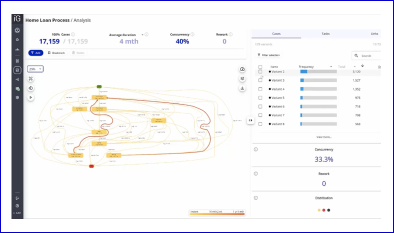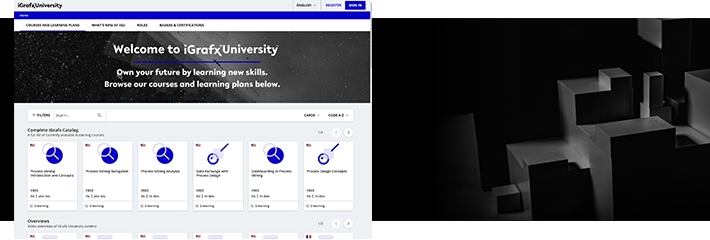Let’s begin by addressing the “why” behind establishing a dedicated learning program for your BPM (Business Process Management) Professionals. The reasons to do so can be categorized into four areas that benefit everyone involved:
- Enhanced Skills and Competencies: This learning program allows BPM teams to acquire and refine the essential skills and knowledge required to excel in their roles.
- Increased Productivity and Efficiency: It equips teams with the tools and methods to optimize business processes, leading to improved operational outcomes.
- Employee Satisfaction and Retention: By offering opportunities for professional growth and development, it contributes to higher job satisfaction and employee retention rates.
- Innovation and Competitive Advantage: It fosters a culture of learning and innovation, which ultimately drives organizational success and maintains a competitive edge in the marketplace.
Considering Team Needs
Setting up a learning program tailored to BPM groups involves understanding the unique needs and challenges faced by BPM professionals while ensuring your learners have access to the latest tools, methodologies, and best practices. Understanding your audience is the crucial first step to ensuring you are heading in the right direction.
Begin by conducting a thorough needs assessment to identify what your BPM teams need to learn. This involves considering their technical skills, business acumen, and industry-specific knowledge required for their roles. Collect input from BPM team members and stakeholders to pinpoint areas that need improvement and align your learning objectives with organizational goals.
For beginners, it might be necessary to start with the basics of BPM, covering its benefits, methodologies, and the tools involved. Intermediate learners would benefit from content that delves deeper into BPM modeling techniques and optimization strategies and introduces advanced tools. Advanced users would thrive in courses that focus on the latest BPM trends, case studies, advanced analytics, and integration with other technologies like Knime, Krista, and TIM.
In addition to understanding your learners’ experience levels, it’s crucial to segment content based on their roles. Are your learners Process Analysts, Developers, Process Owners, End Users, or a mix of these and others?
Once you have identified the learning needs, define clear and measurable learning objectives. These objectives should guide participants on what they are expected to learn and how their learning will be assessed. Using the SMART criteria (Specific, Measurable, Achievable, Relevant, and Time-bound) ensures that these objectives have value for both the learners and your organization.
Building a Curriculum
With clear objectives in place, it is time to create a structured curriculum that incorporates a variety of learning methods:
- Online Courses and Webinars: These offer flexibility and self-paced learning.
- Workshops and Seminars: Provide interactive and hands-on learning experiences.
- Case Studies and Group Projects: Enable real-world application of knowledge and skills.
A blended learning approach, combining traditional classroom learning with online resources, is highly effective for BPM groups. This approach caters to individual learning styles, creating a more inclusive and personalized learning environment.
Here are some best practices to consider:
- Ensure the curriculum accommodates different learning styles and preferences and is regularly updated with content to keep it current.
- Incorporate assessment tools within the program to evaluate participant progress and the effectiveness of the learning interventions.
- Encourage a culture of knowledge sharing within BPM teams through discussion forums, knowledge repositories, and peer-to-peer learning sessions.
- Allocate adequate resources and budget to ensure the smooth execution of the learning program.
- Continually monitor the program’s progress and effectiveness using key performance indicators (KPIs).
- Promote a culture of continuous learning within BPM teams by integrating learning into their professional development.
Remember, investing in learning and development is not merely a cost; it is a strategic enabler for organizational growth and sustainability. By fostering a learning-centric environment, organizations can position their BPM groups at the forefront of operational excellence and business innovation, regardless of whether they are seasoned professionals or beginners.
Introducing iGrafx University
iGrafx University is an online learning platform designed to help individuals and organizations maximize the value achieved when using Process360 Live. It offers courses and learning plans on a variety of topics, including best practices for companies on their business process management journey. Find out how iGrafx University can help your organization achieve excellence with BPM by visiting University.iGrafx.com. Registration, which is free to all learners, will provide access to our full catalog of courses, learning plans, and paid certifications.




